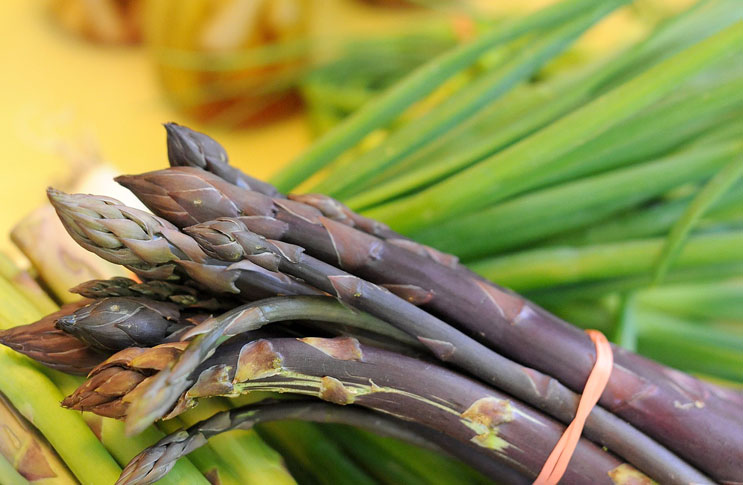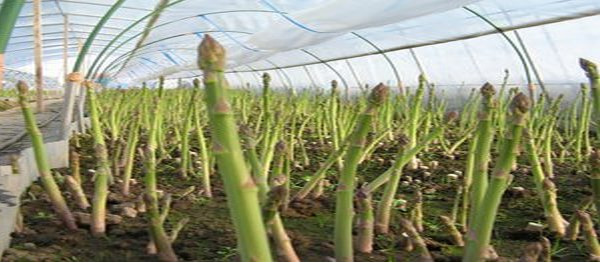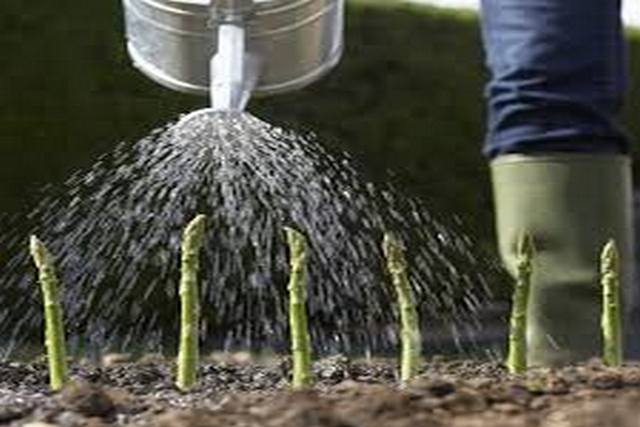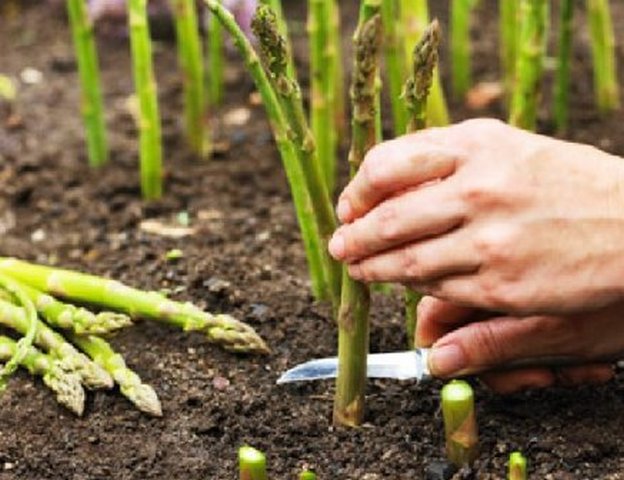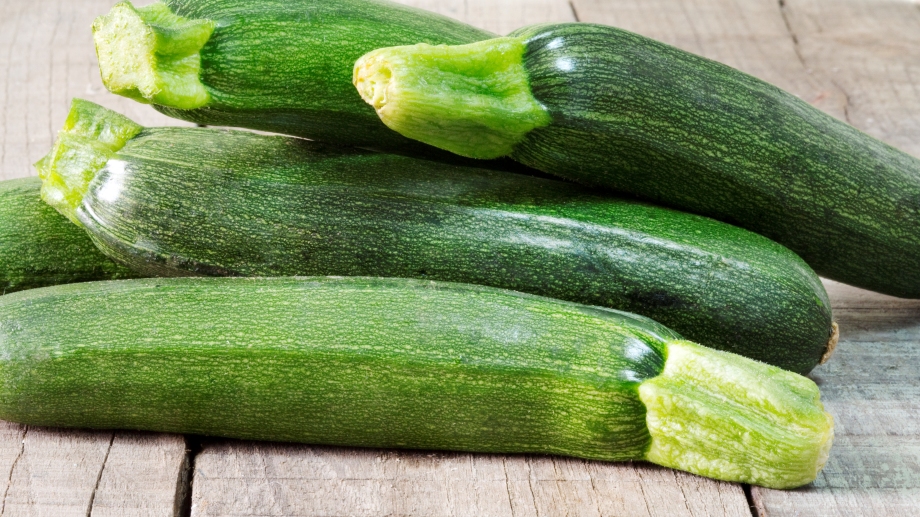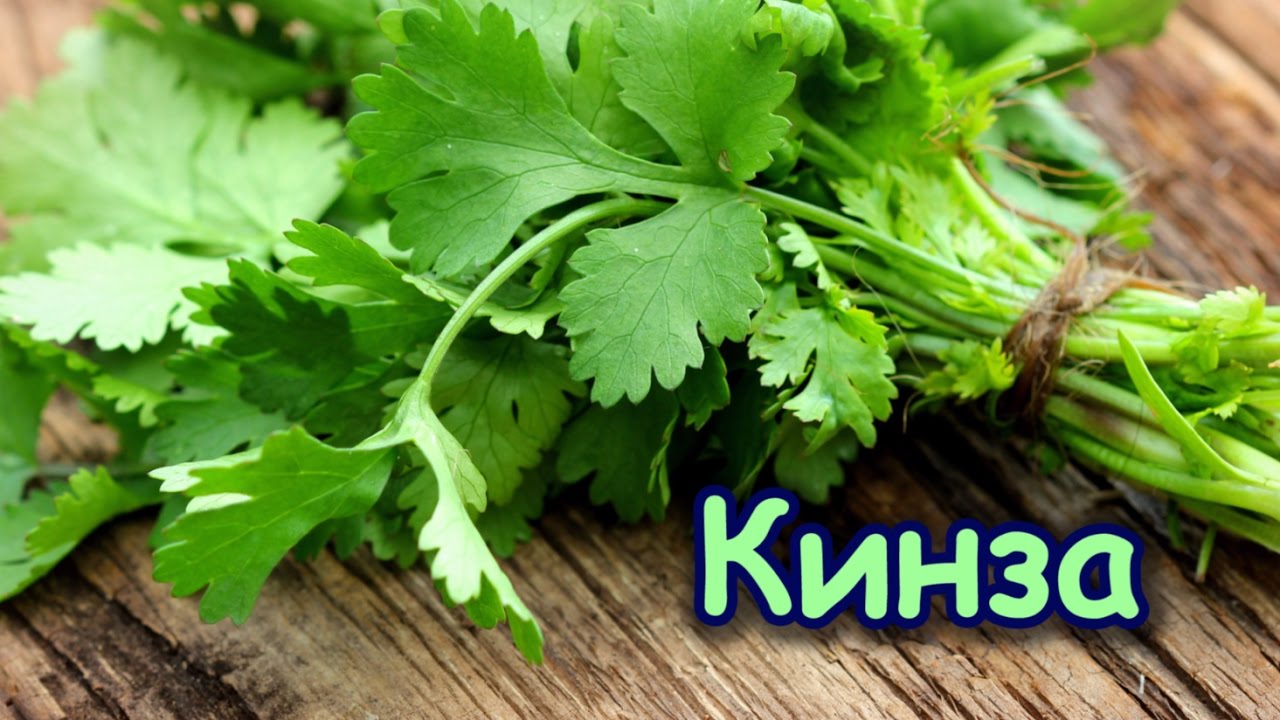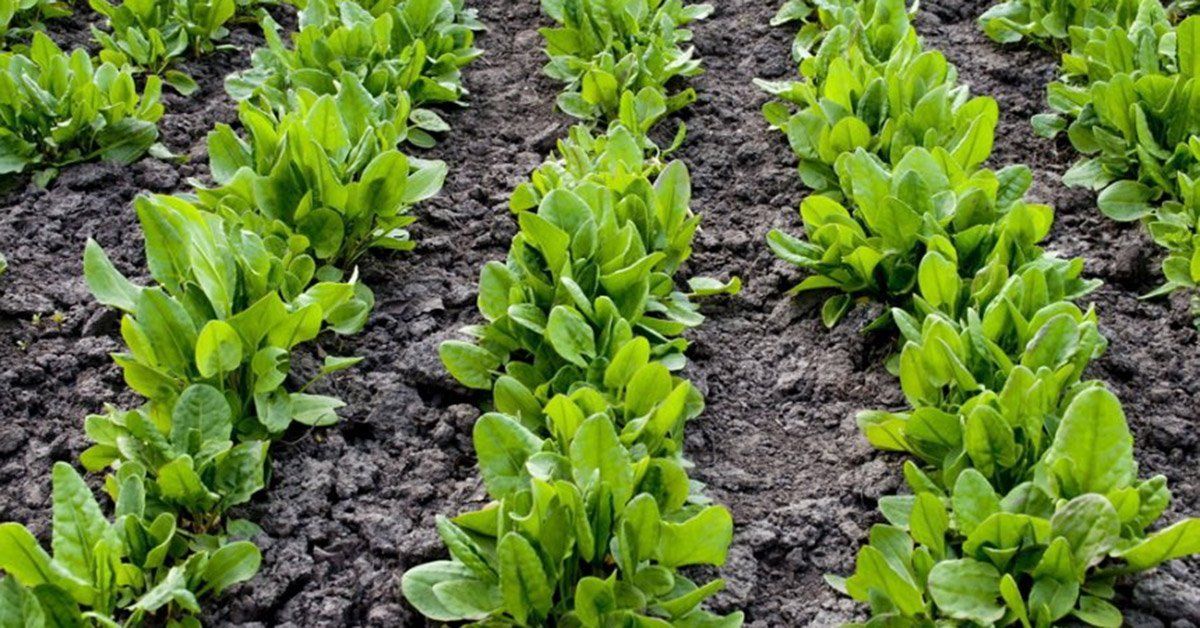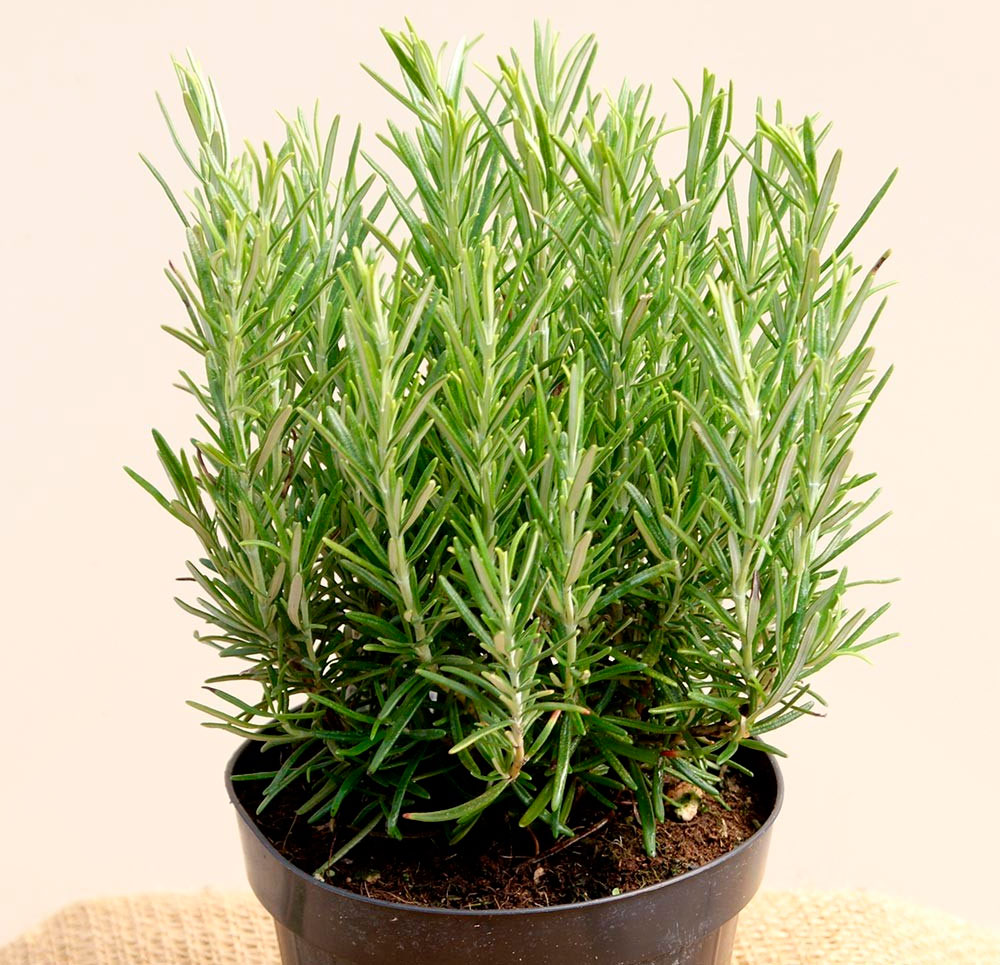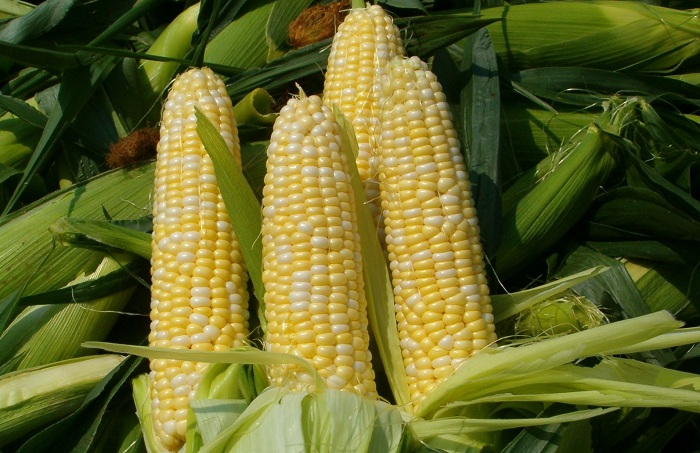Content:
Asparagus, or asparagus (asparagus), is a crop that is quite demanding on the soil and conditions in which it is grown. In this regard, it is very important when cultivating it to observe agricultural techniques and provide the plant with proper care.
Asparagus agrotechnology
Asparagus grows especially well in conditions of loose sandy loam soil, saturated with nutrients. If the soil is not fertile enough, there is a very high risk that the shoots, upon maturation, will turn out to be too fibrous. Practice shows that asparagus generally does not accept acidic soil and closely lying groundwater. At the same time, a good asparagus crop can be obtained only if the crop is sufficiently moistened.
Answering the question of how to grow asparagus without problems, one cannot fail to note the culture's love for light. Accordingly, the landing site should be sunny. It is advisable to plant asparagus after potatoes or cereals.
Despite the fact that for a plant such as asparagus, cultivation and care in the open field requires a certain amount of effort, in recent years, the demand for the crop has become more and more.
Reproduction
Concerning the question of asparagus, how to plant and grow this plant, one cannot fail to mention the methods of reproduction. Most often, a culture is propagated in two ways:
- dividing the bush;
- seeds.
If you propagate asparagus by dividing the bush, then the plants should be repotted as soon as spring comes and fresh shoots begin to appear. Autumn, in principle, is also suitable, but the autumn division of the bush is practiced less often. To obtain seedlings, selected healthy and strong plants are completely dug out of the soil, cut into several parts, leaving 2-3 shoots each, and sent to grow in a pre-selected and prepared place. Seedlings are planted in fairly large holes so that the roots are free. A small amount of superphosphate, potassium chloride and humus should be placed at the bottom of the pit. A crop such as asparagus should be grown in such a way that the distance between plantings is at least half a meter.
In search of an answer to the question of how to properly grow asparagus from seeds, one cannot fail to mention that this particular method is used most often. Before starting the process, it is important not to forget about pre-soaking the asparagus seeds. The seed is wrapped in a wet cloth, placed in a plastic bag and sent to a warm place for a couple of days. This procedure speeds up the process of spitting seeds.
Planting seeds
If the soil has managed to warm up to +10 degrees, it is allowed to plant asparagus on seedlings from seeds directly in open ground. This is done at intervals of 30 to 40 cm to a depth of no more than 4 cm.If there is even the slightest threat of frost, the seedlings should be covered with foil. It will be necessary to open the bed immediately after the first shoots appear.
If you start sowing seeds when the soil has not yet warmed up well enough, it will be better if the planting does not leave the house and the heat for the first time. For this, sowing is carried out in separate cups. It can be transplanted into the garden later, when there is no threat of frost.
Planting seedlings
In the conditions of such regions as Siberia, the Leningrad region, the Moscow region and the Moscow region, seeds for seedlings are planted in the spring first at home and only at the beginning of summer they move into open ground.
Before planting, special holes are prepared on the site, the depth of which is at least 30 cm and the width is 40 cm.The distance between the holes should be slightly less than a meter. Loose soil is poured into the hole and a seedling is placed in it, which has managed to grow from seeds. Previously, its root must be slightly shortened, up to about 3 cm. The hole is covered with soil, slightly compacted and watered. After all the water is absorbed into the ground, it is recommended to additionally mulch the planting site - this will greatly simplify the care of the plant. The plant will not need more transplants - with proper care, asparagus grows in the same place for many years.
Even the most inexperienced agricultural technician or gardener will be able to create an optimal condition for growing asparagus - it is enough to periodically weed, loosen the plants and water moderately. A couple of weeks after planting, the plant requires feeding.
Asparagus care
The answer to the question of how to grow asparagus begins with finding a way to plant asparagus correctly and ends with organizing the right crop care. In general, it is quite simple to care for the culture - the plant is unpretentious.
Loosening
It is enough to loosen it to a depth of just over 5 cm. At the same time, it is important to make every effort so as not to harm the root system. Proper care involves loosening at intervals of 2-3 weeks throughout the growing season.
Watering
In the first two weeks after planting, it is recommended to water the asparagus very abundantly. Over time, both the number of applications and the volume of water are significantly reduced. Optimally, the soil should be slightly damp in a constant mode. Watering the plant infrequently will affect the taste of the asparagus - it will become more bitter.
Top dressing
As for feeding asparagus, it must be done without fail. The slurry solution should be applied to the soil in a 1: 6 ratio within a couple of weeks after the first weeding. After another couple of weeks, it will not be superfluous to feed the culture with a solution of bird droppings in a ratio of 1:10. The last fertilizer is applied just before the start of frost. In this case, we are talking about complex mineral compositions.
Disease and pest control
Like any other plant, asparagus is susceptible to the negative effects of parasitic insects. The most common problems are caused by the following ones.
Rust
It is a fungal disease that slows down the development of the plant. Usually, the disease affects crops that begin to grow in areas with soil that is poorly permeable to moisture or close to groundwater.
Root rot
Another disease that asparagus suffers from is root rot. It can occur when creating the same conditions for the plant as in the case of rust - with increased soil moisture.
Asparagus leaf beetle
Of the pests, the culture is most often attacked by the asparagus leaf beetle.It is a dark blue beetle that feeds on the tops, flowers and fruits of the plant. The insect appears in the spring, the peak of its invasion usually occurs in the middle of summer. If the culture is affected by this pest, you can forget about the royal harvest.
Asparagus fly
Another problem faced by asparagus growers is the asparagus fly. This pest is a brown-colored insect with yellow limbs that feeds on plant shoots and makes holes in the stem. As a result, the plant begins to bend, wither and eventually die off.
Collection and storage of asparagus
Having figured out what asparagus is, how to grow this culture in the country, it remains only to figure out how to collect the plant and its subsequent storage. You can collect shoots already starting from the third year of crop cultivation. The first two years will be spent on getting the root system sufficiently strong. Edible shoots are subject to cutting. This should be done in May, until the heads open. From them you need to rake off the earth in the place where a crack has formed in the soil. Hemp should be left 1 or 2 cm high. It is not recommended to urgently remove more than five shoots from one bush in the very first year of asparagus cultivation. This approach can significantly weaken the plant. When the culture becomes more mature, it will be possible to remove at least thirty shoots from the bush every year.
Store homemade asparagus in the refrigerator, wrapped in a slightly damp cloth. Depending on the variety, the plant will live quietly from two weeks to a month. In no case should you store foods with a pungent smell next to asparagus. The plant will absorb it. You need to lay the shoots vertically. Otherwise, they will deform.
Today, the business of growing asparagus in our country is still underdeveloped, if the culture is planted, it is only for personal use. But there is every reason to believe that the situation may change in the foreseeable future.
